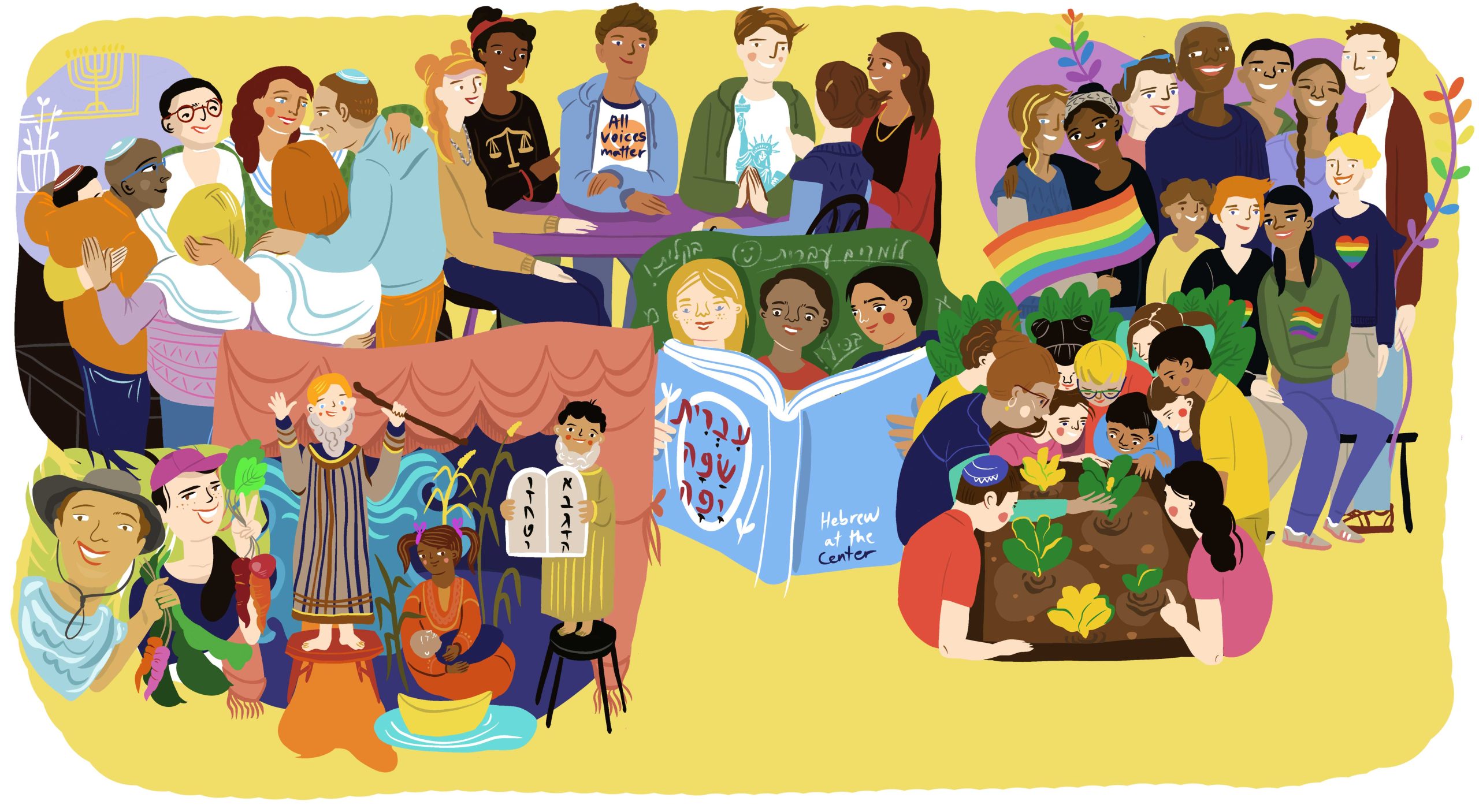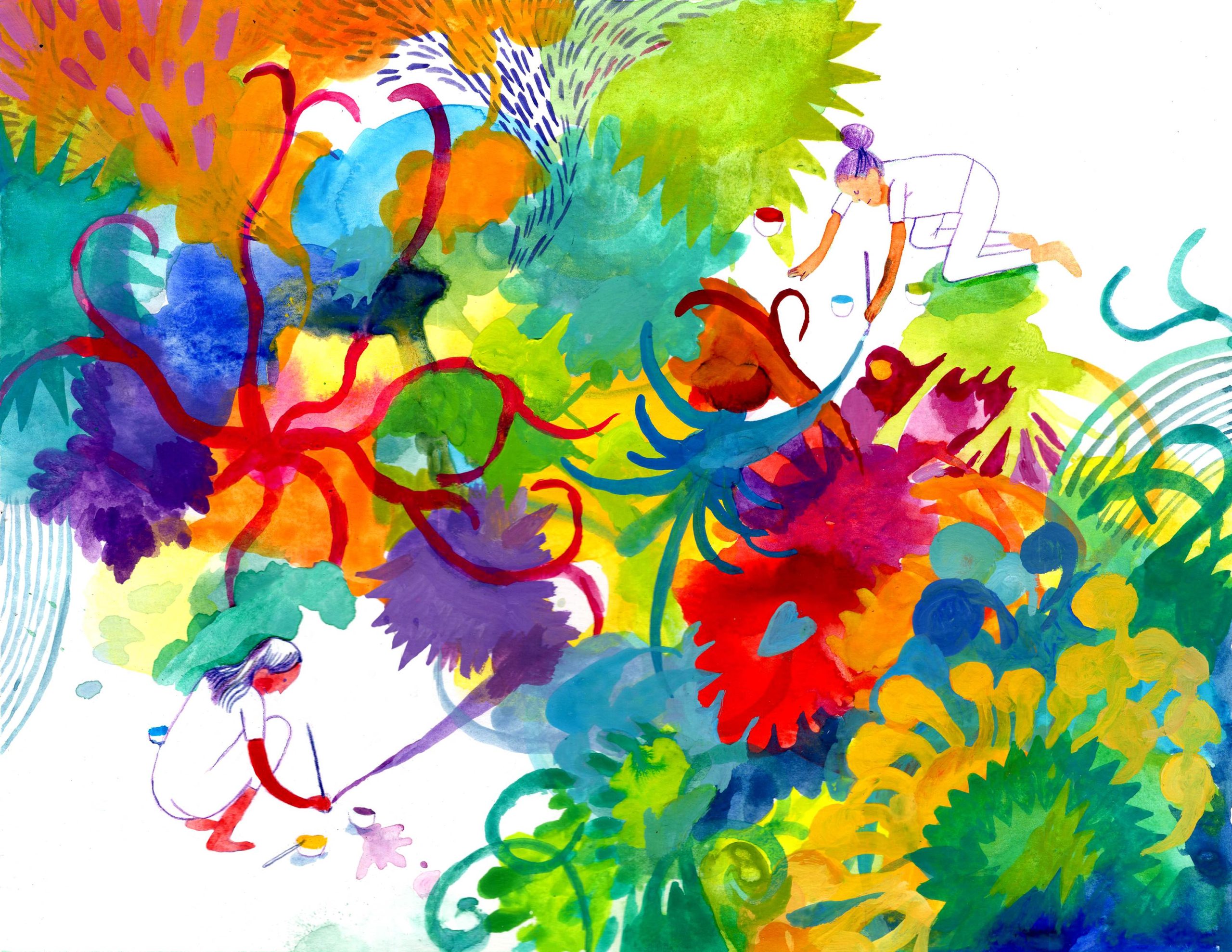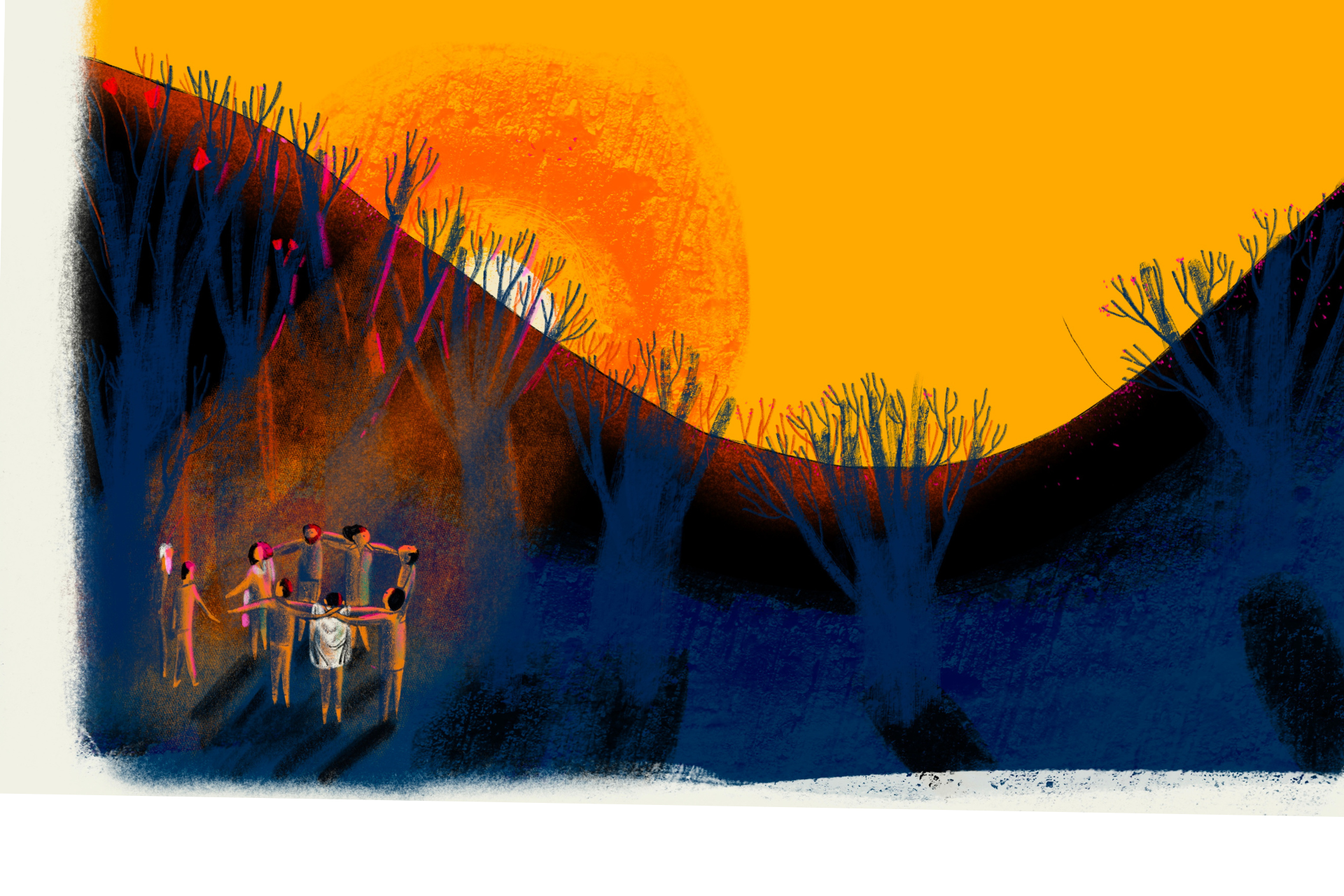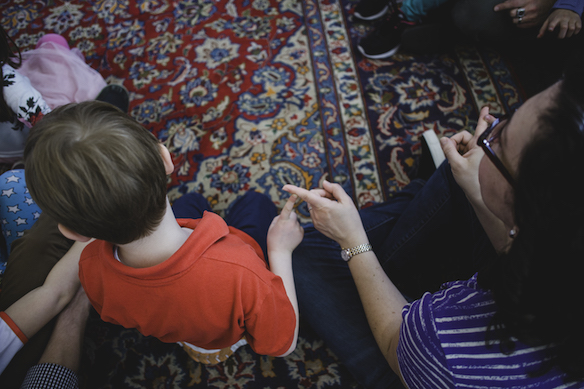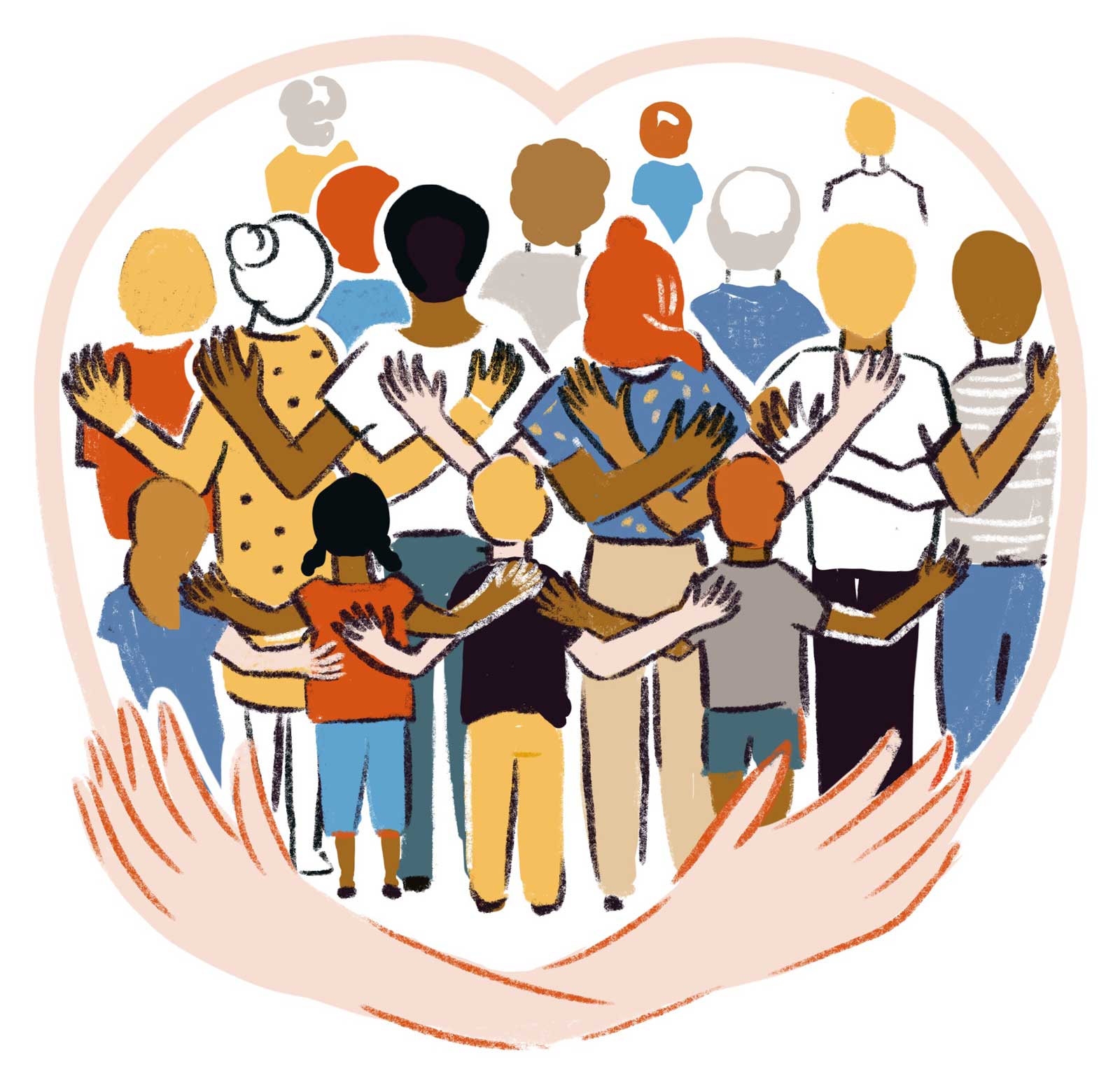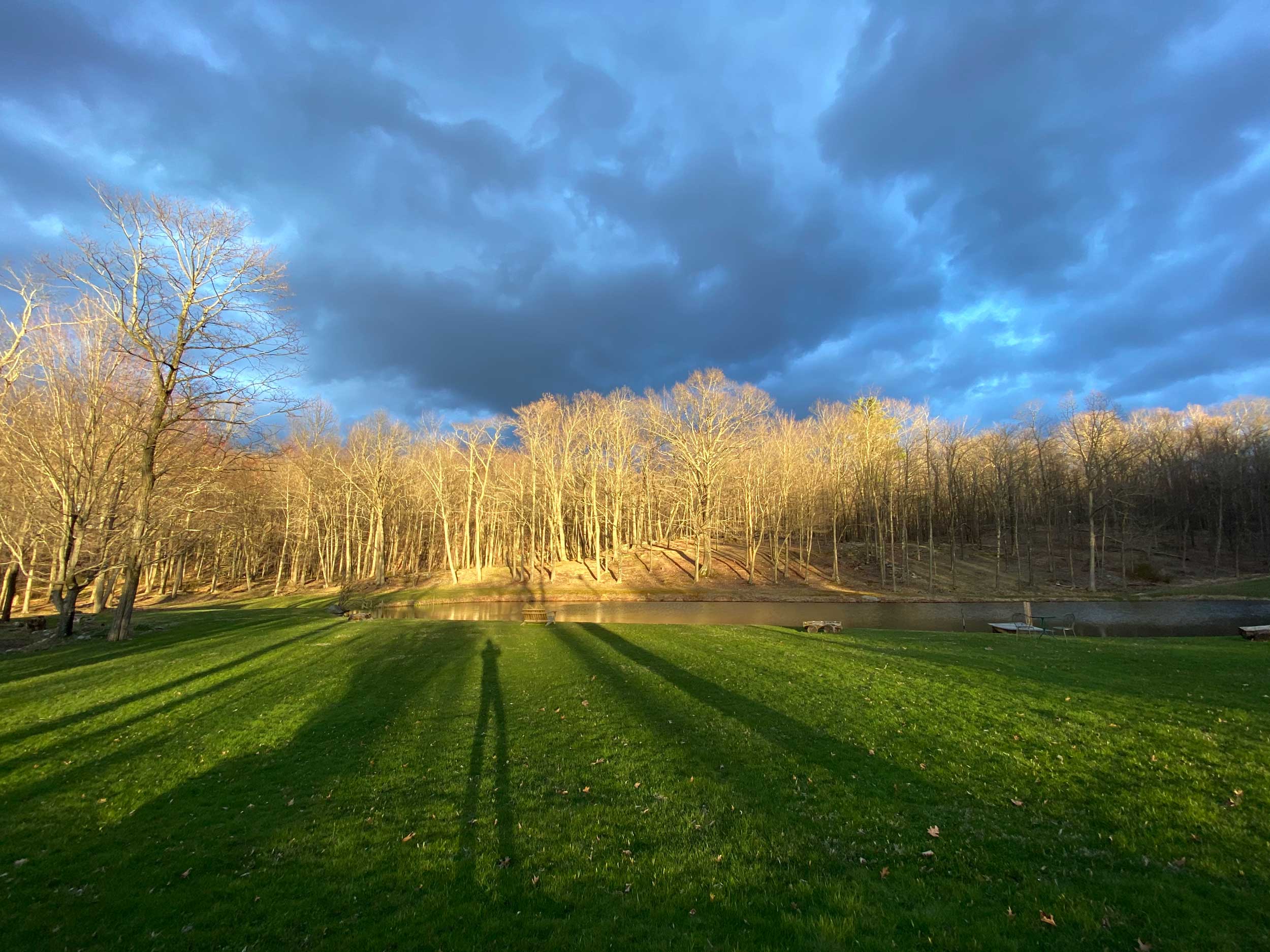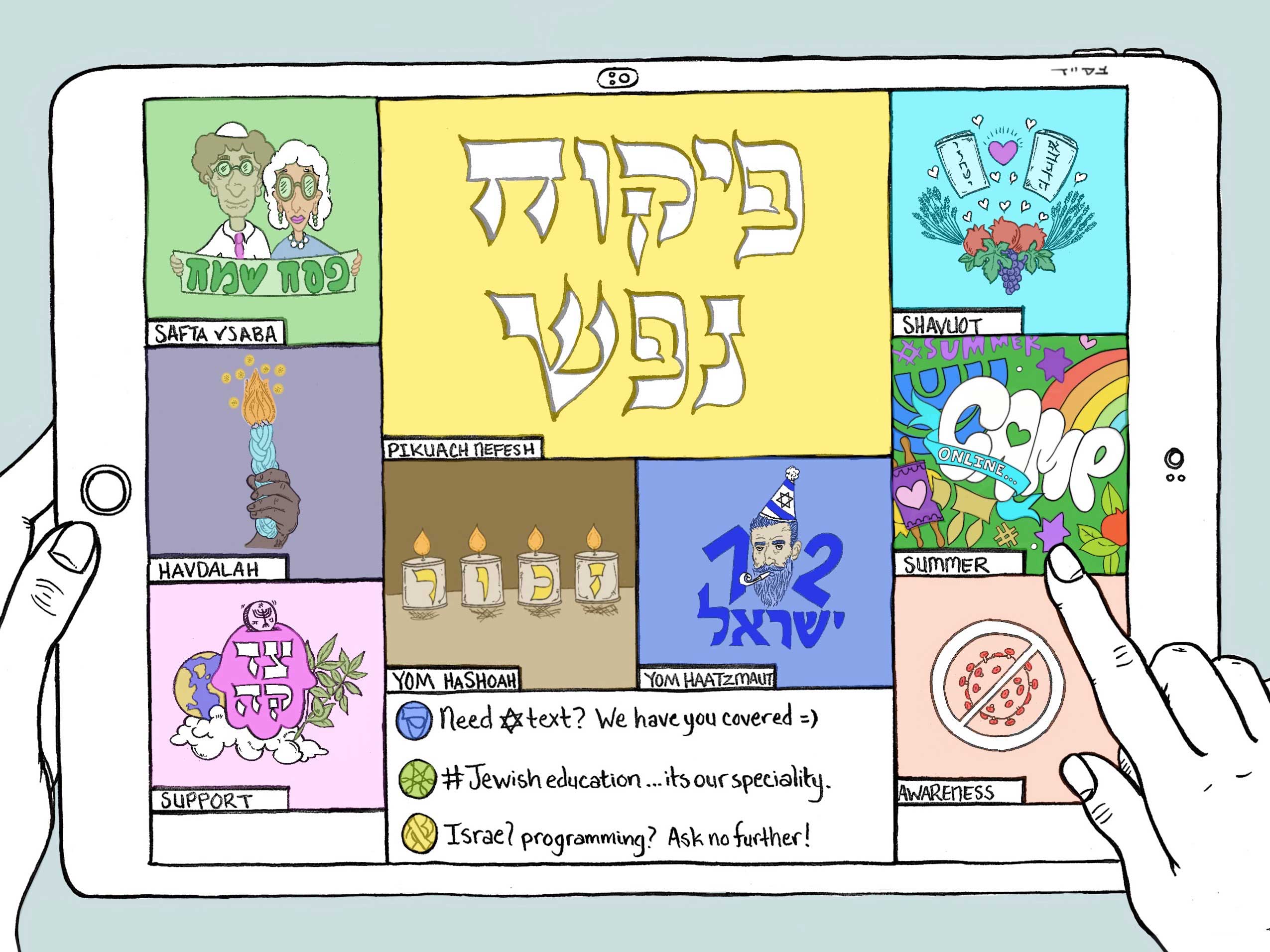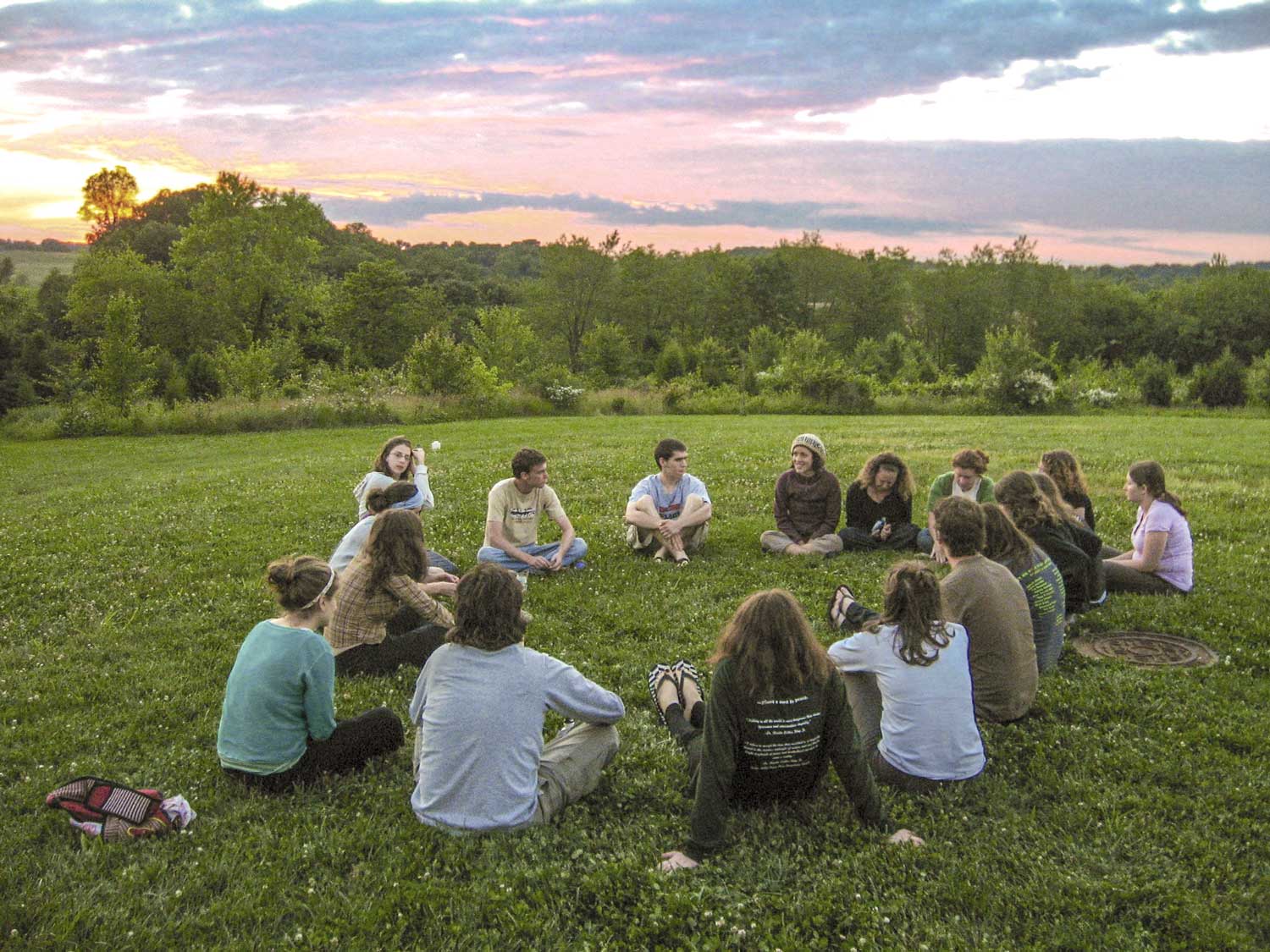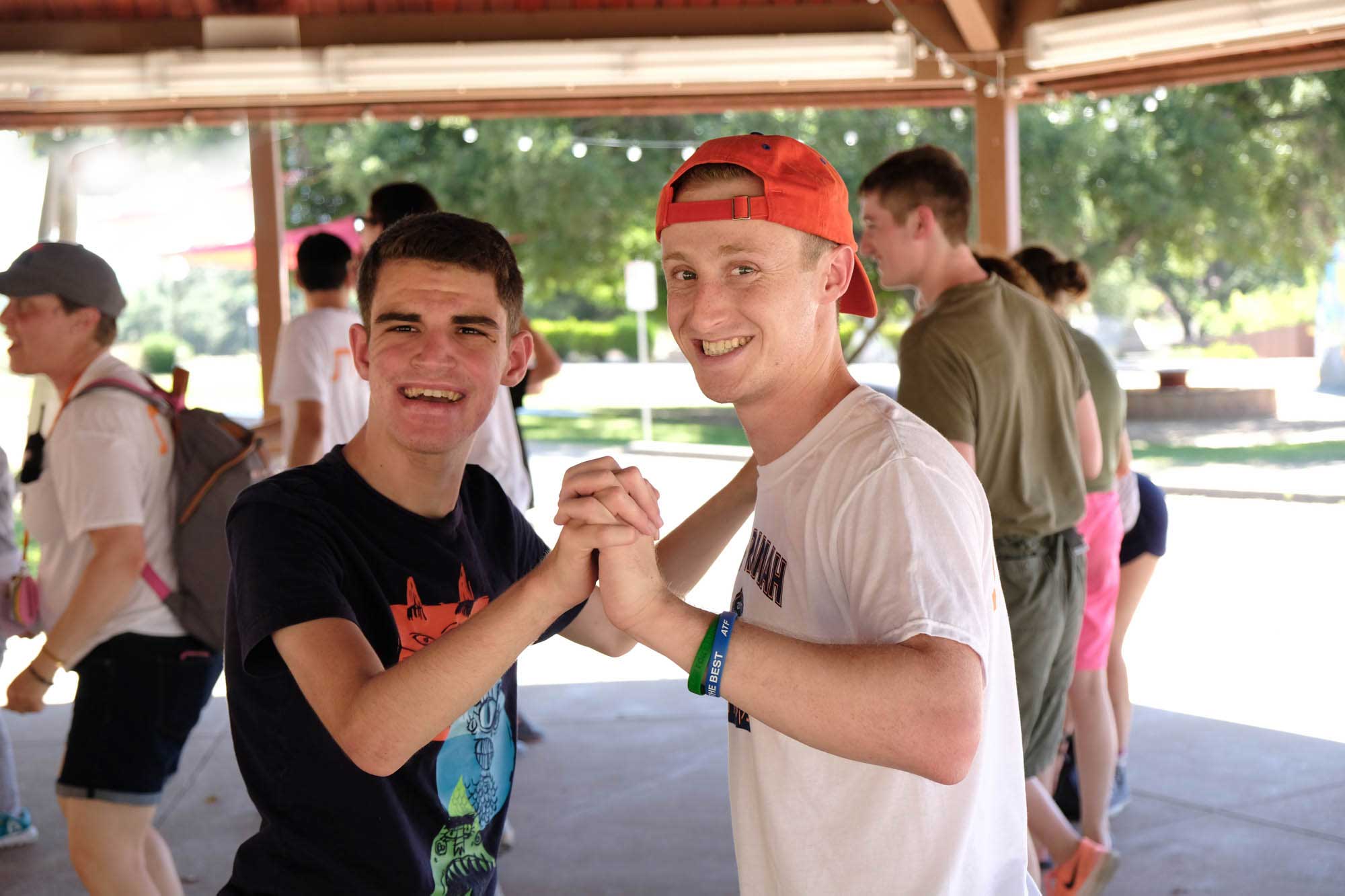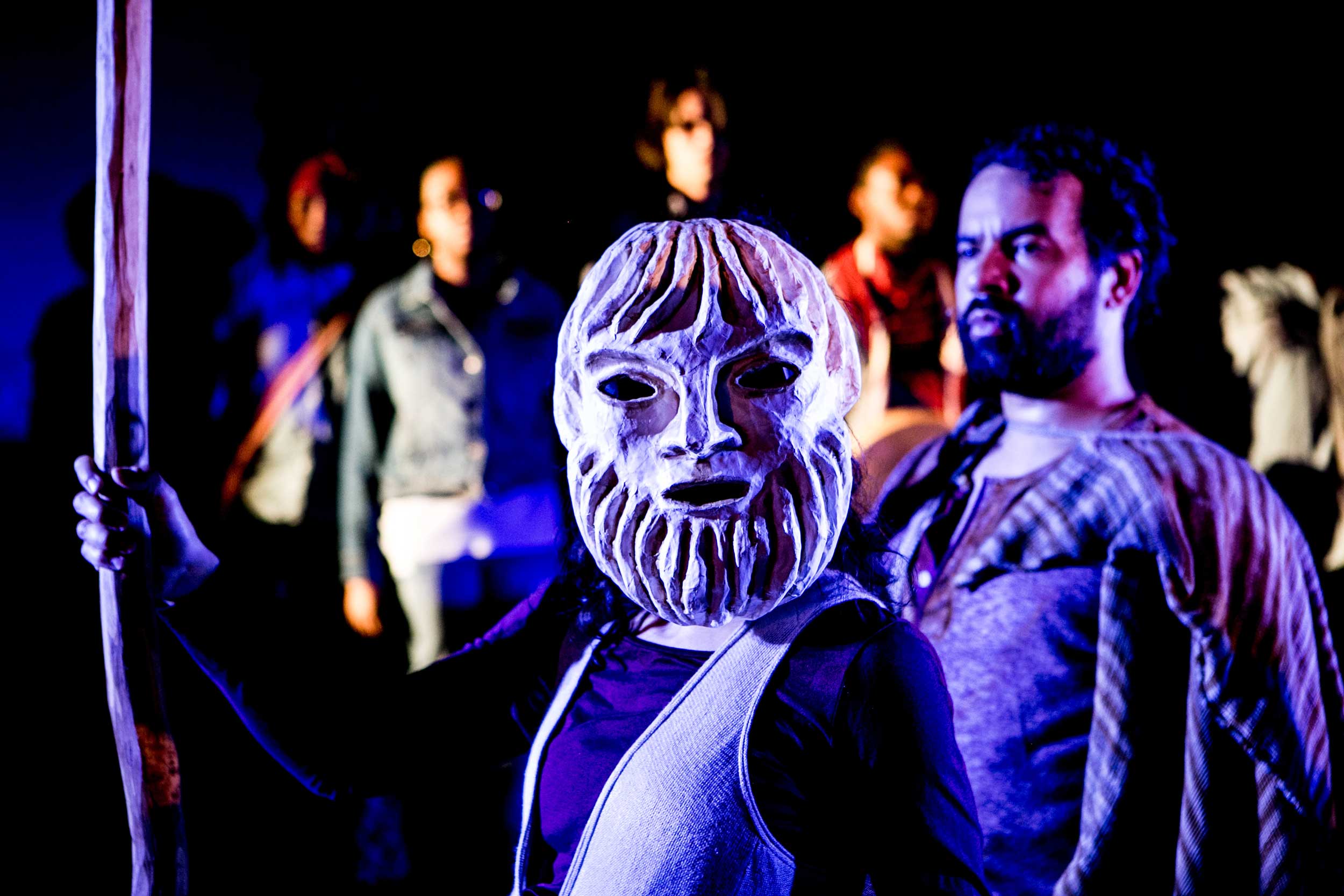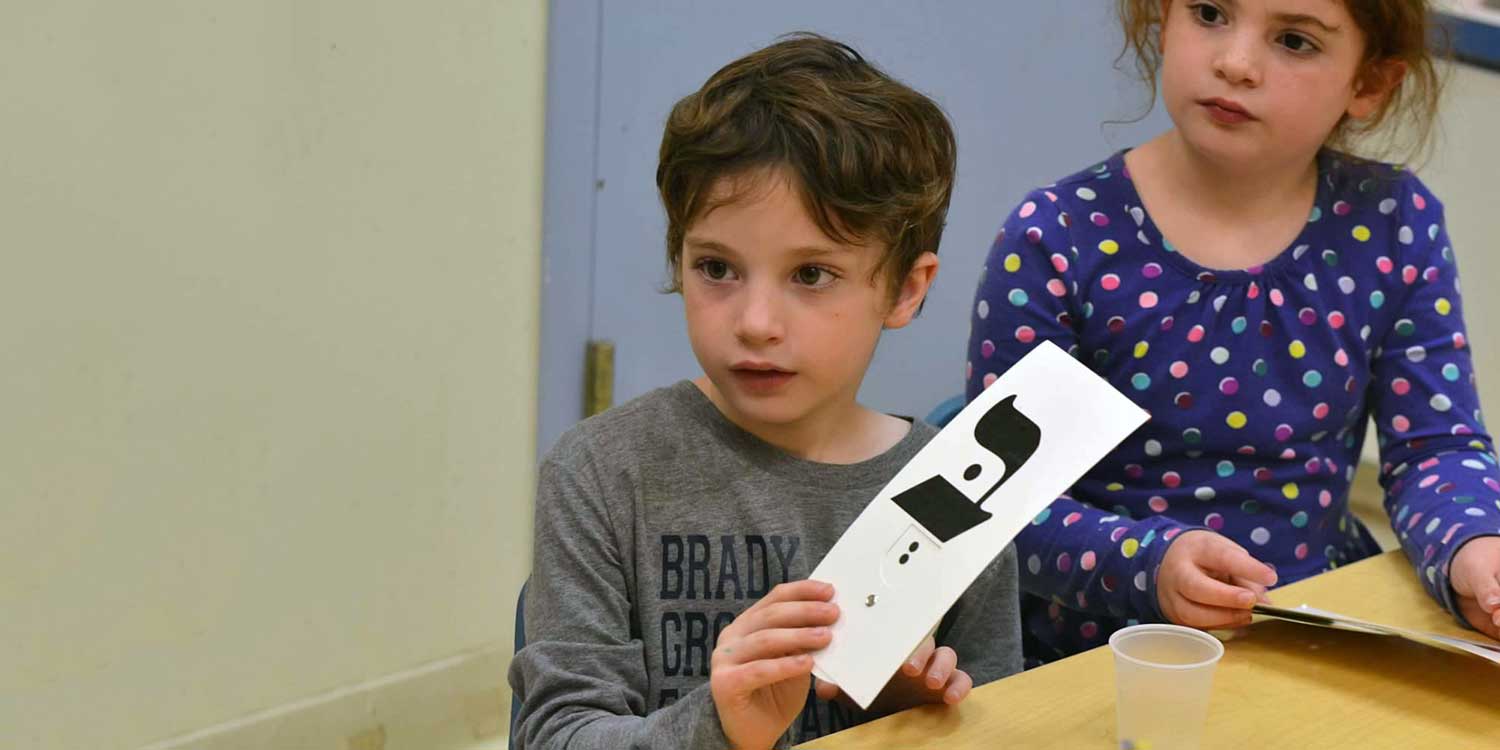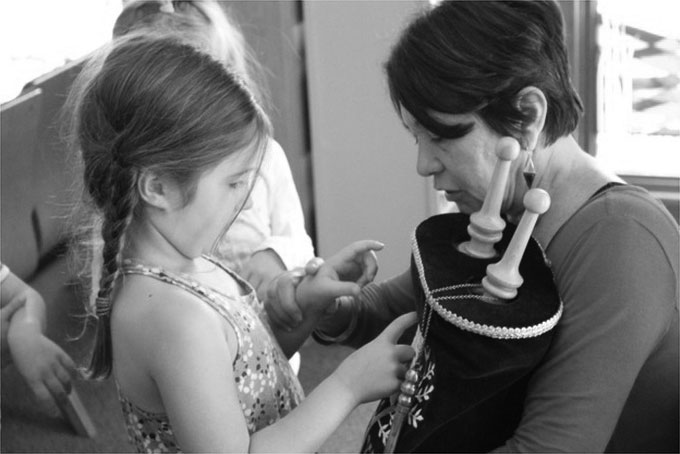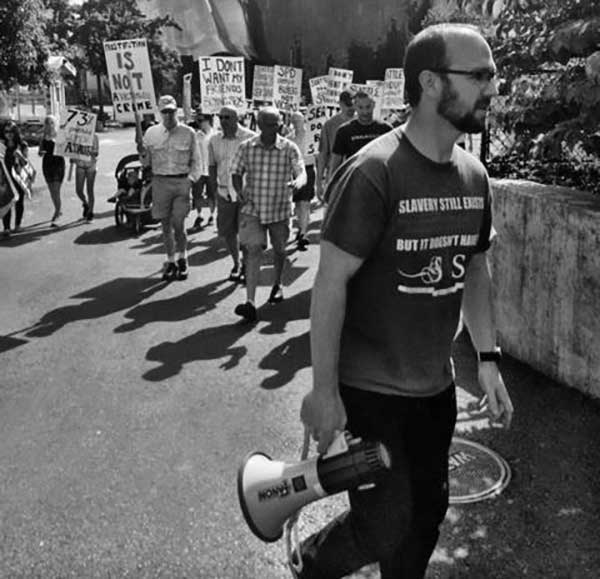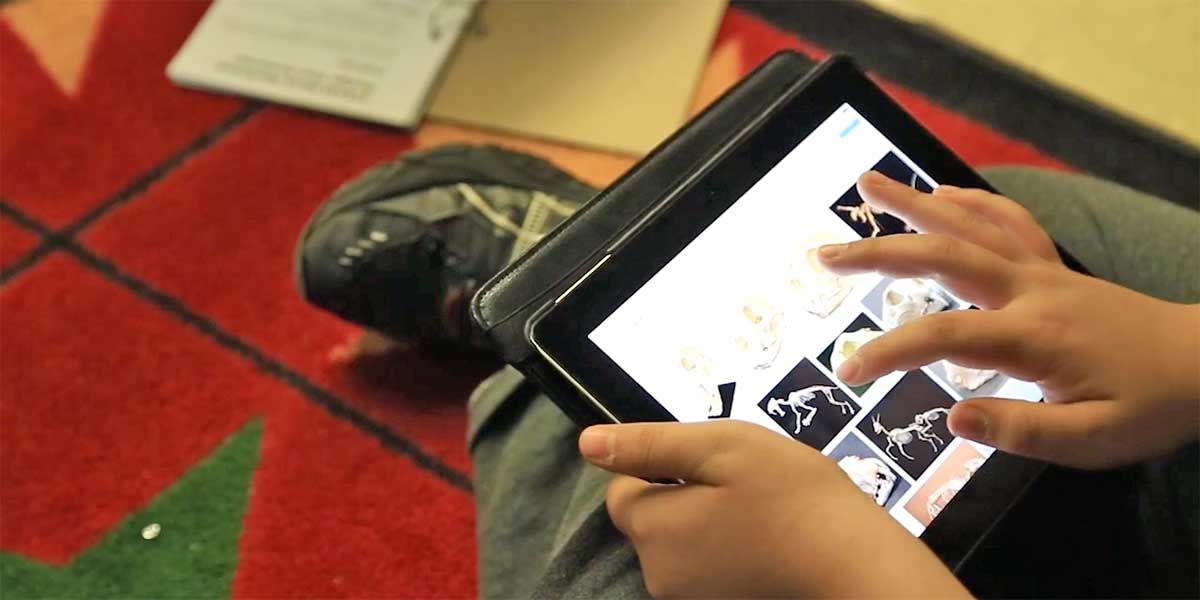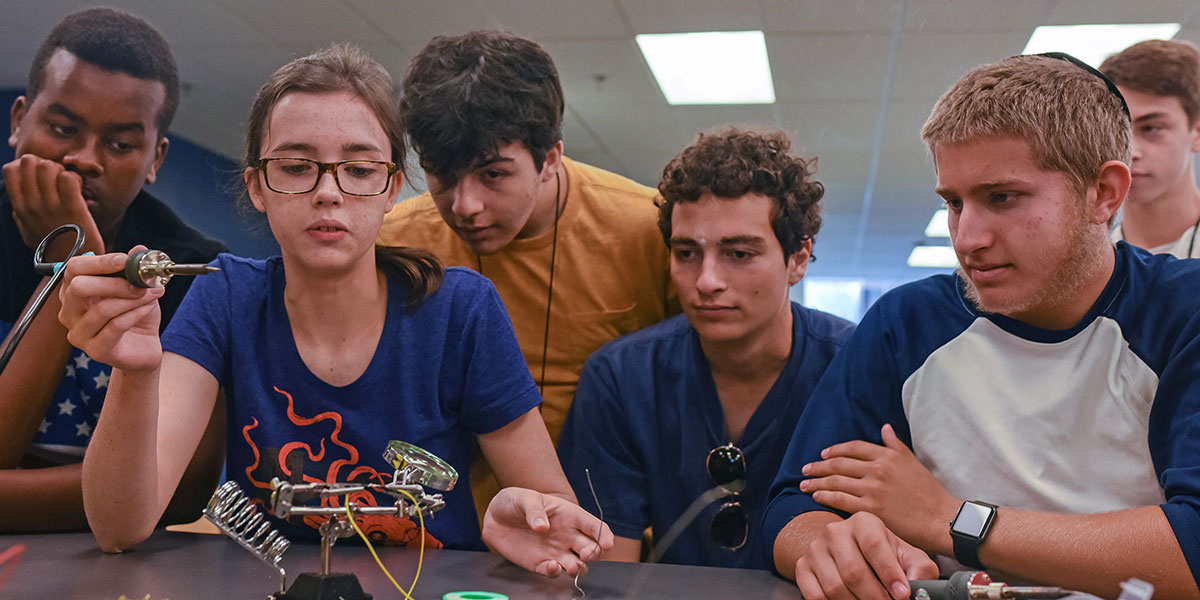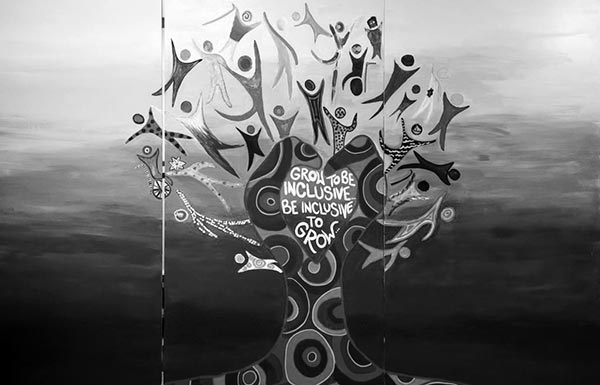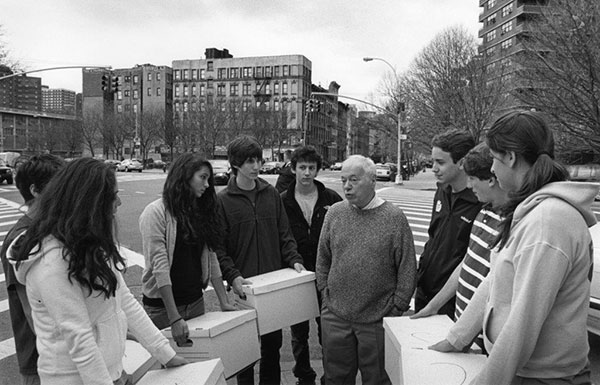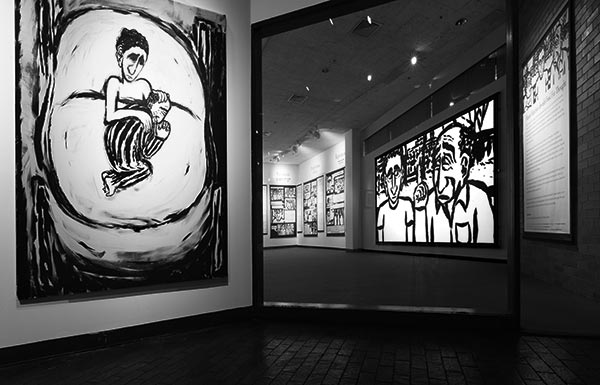
ARTICLE What is The Covenant Classroom?
At first blush, we might assume that the sponge, the person who has no difficulty remembering anything would make the ideal student. With their flawless memory and their capacity to recall any information at a moments notice, one justifiably could imagine that they would be particularly suited to excelling in the world -- and certainly in the classroom. And yet, our Mishnah (and future commentators) reject this view. For them, knowledge isn't merely a series of trivial factoids to be memorized, but instead is a dynamic, ever-changing view of the world in which we live. It follows then that the ideal learner isn't one who simply 'soaks up' the learning that a teacher pours into them, but rather one who is actively involved in the process of collecting, seeking out and sifting that knowledge. By extension, the ideal learning experience is one that facilitates this process.
This has always been how I've understood the "Covenant Classroom."
On the surface, there might not seem any obvious connection between a geolocational augmented reality game, a community gardening program or a teacher training program focusing on creating Hebrew proficiency. Yet, all of these initiatives are grounded in a belief that it's essential to create Jewish experiences that are full of meaning, relevant to the complicated realities that learners inhabit, and that at their core are centered on students and give them the resources to make meaning of their Jewish identity and the world around them. In the "Covenant Classroom" the act of "studying" is inextricably linked to actual problems, meaningful tasks and real life actions. It embodies the dictum in the Gemara in Kedushin that the learning of Torah should be for the sake of action. This constructivist bent is not only a major unifying theme underlying the initiatives below, but has in recent years reemerged as an answer to the question of how do we engage in education as learning happens anywhere and everywhere and can be authored by anyone.
In a video that's been seen by nearly 8-million viewers, 13-year old Logan LaPlante describes it this way:
"I’m not tied to one particular curriculum, and I’m not dedicated to one particular approach. I hack my education. I take advantages of opportunities in my community and through a network of my friends and family. I take advantage of opportunities to experience what I’m learning, and I’m not afraid to look for shortcuts or hacks to get a better, faster result. And here’s the cool part: because it’s a mindset, not a system, [it] can be used by anyone, even traditional schools."
The "Covenant Classroom" too is not a single curriculum or single approach. It too is a mindset. A mindset that as evidenced by our Mishnah, and apparent to anyone familiar with the teachings of Dewey, Montessori, Piaget and others, is not really that new. However, it's a mindset that often require more resources and forethought than alternative educational approaches. The Covenant Foundation's support of these initiatives and individuals over the years however has helped to demonstrate to educators burdened by limited time, limited finances and limited support that it is possible to create and sustain high quality Jewish experiences that are meaningful, replicable and that strengthen and perpetuate the identity, continuity and heritage of the Jewish people. And because it's a mindset, anyone can use it too.
By Russel Neiss, for The Covenant Foundation


